Garmin Dash Cam 67W review
A flagship dash cam with all the bells and whistles, but it comes at a price

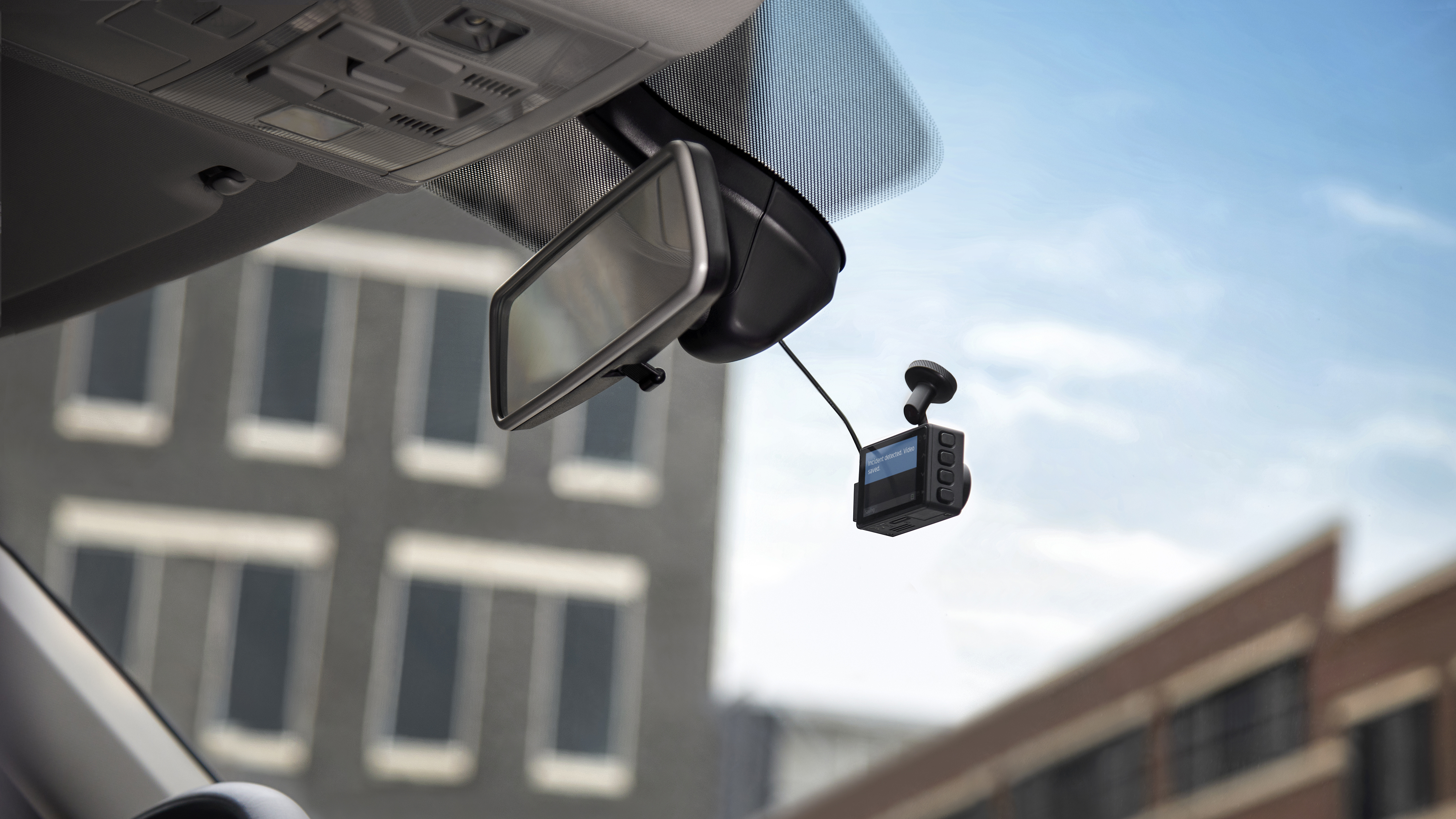
From its 1440p resolution with HDR, to GPS, driver assistance features and Wi-Fi for automatic cloud storage, the Dash Cam 67W by Garmin has a lot going for it. There’s also a wide, 180-degree lens to help separate it from the rest of the current range. But the price is fairly steep when compared to other members of the Garmin family.
-
+
Excellent video quality
-
+
Compact design
-
+
New automatic cloud storage
-
-
Fairly expensive
-
-
Driver assistance functions not always helpful
-
-
Some features require hardwiring
Why you can trust T3

We can’t blame you for losing track of the Garmin Dash Cam range often included in our best dash cam guide. The design has remained consistent for a couple of years now, and there are currently three models that look almost identical, yet span a price range of £130 to £200.
Here we are looking at the current flagship, called the 67W. That letter is significant, as it refers to the wider lens of this dash cam compared to its siblings. The field-of-view is 180 degrees, compared to 140 degrees for the Dash Cam Mini 2, 47 and 57.
New for the 67W, and the rest of the current Garmin range, is a feature called Vault Storage, where recordings of incidents are automatically uploaded to the cloud, via a Wi-Fi connection to your smartphone.
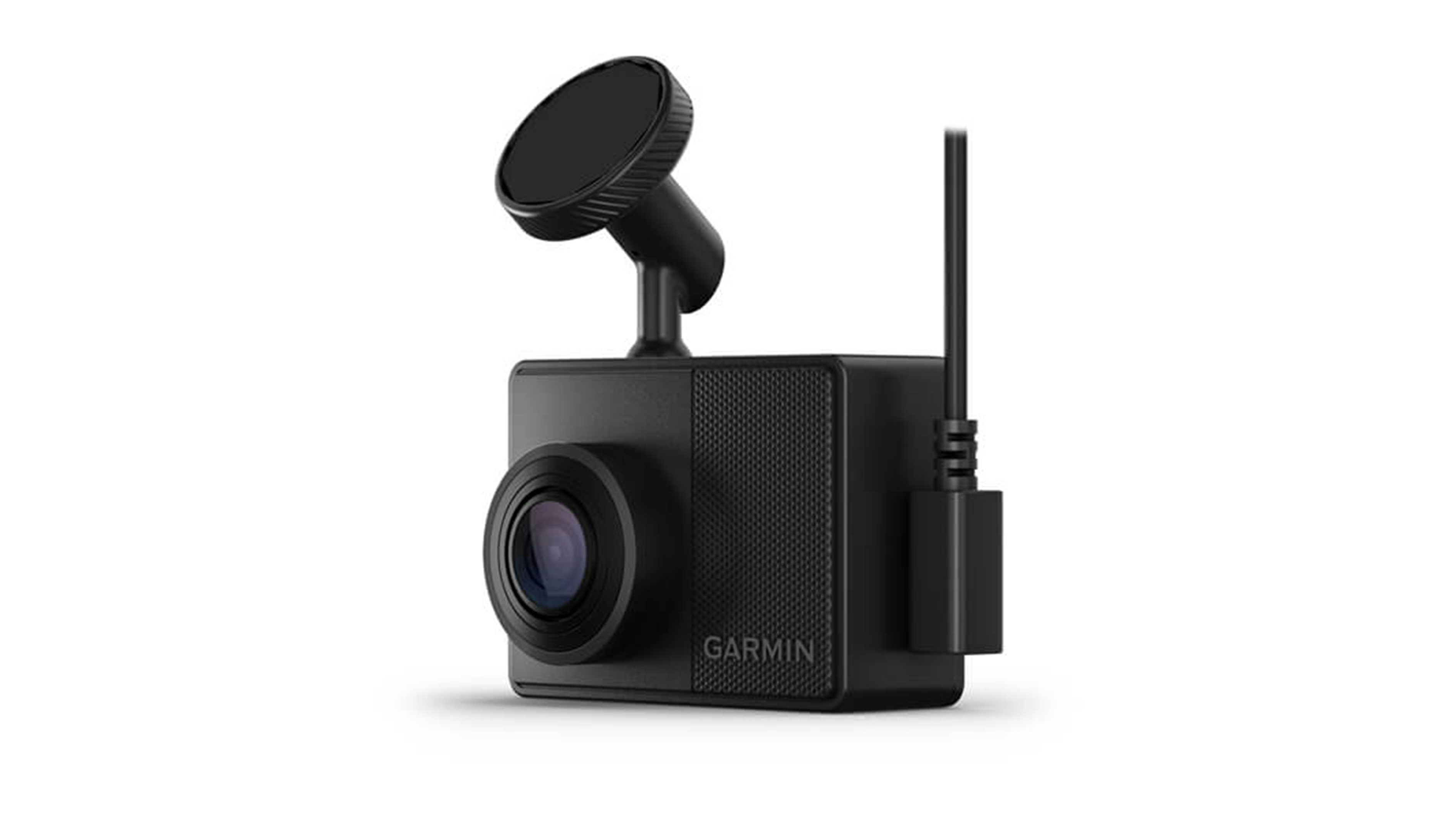
Garmin Dash Cam 67W review: Design
If you’re familiar with recent Garmin dash cams then you’ll know the score here. Compact, matchbox-shaped and subtle, the Dash Cam 67W packs a lot of technology into its small frame. The rear is taken up by a 2-inch display, controlled using four buttons on the right side – with the most important one, which manually saves video, protruding slightly to make it easy to press without taking your eyes off the road.
On the left, there’s a microUSB socket for power, a microSD card slot is on the bottom, and the front houses the protruding wide-angle lens. Up top, you’ll find a ball-and-socket joint for Garmin’s tiny magnetic windscreen mount.
This is actually one of our favourite features of the Garmin Dash Cam range and makes us wonder why other manufacturers don’t take a similar approach. The joint offers plenty of adjustment to point the camera at just the right angle, while a coin-sized magnet sticks with adhesive to the windscreen, then to the dash cam mount with magnetism. Simple but very effective, and everything stays securely in place while driving.
The Dash Cam 67W comes with long and short USB cables, and a 12V plug with two integrated USB-A sockets. An optional hardwiring kit, which gives the camera a permanent source of power from your car’s battery, is sold separately.
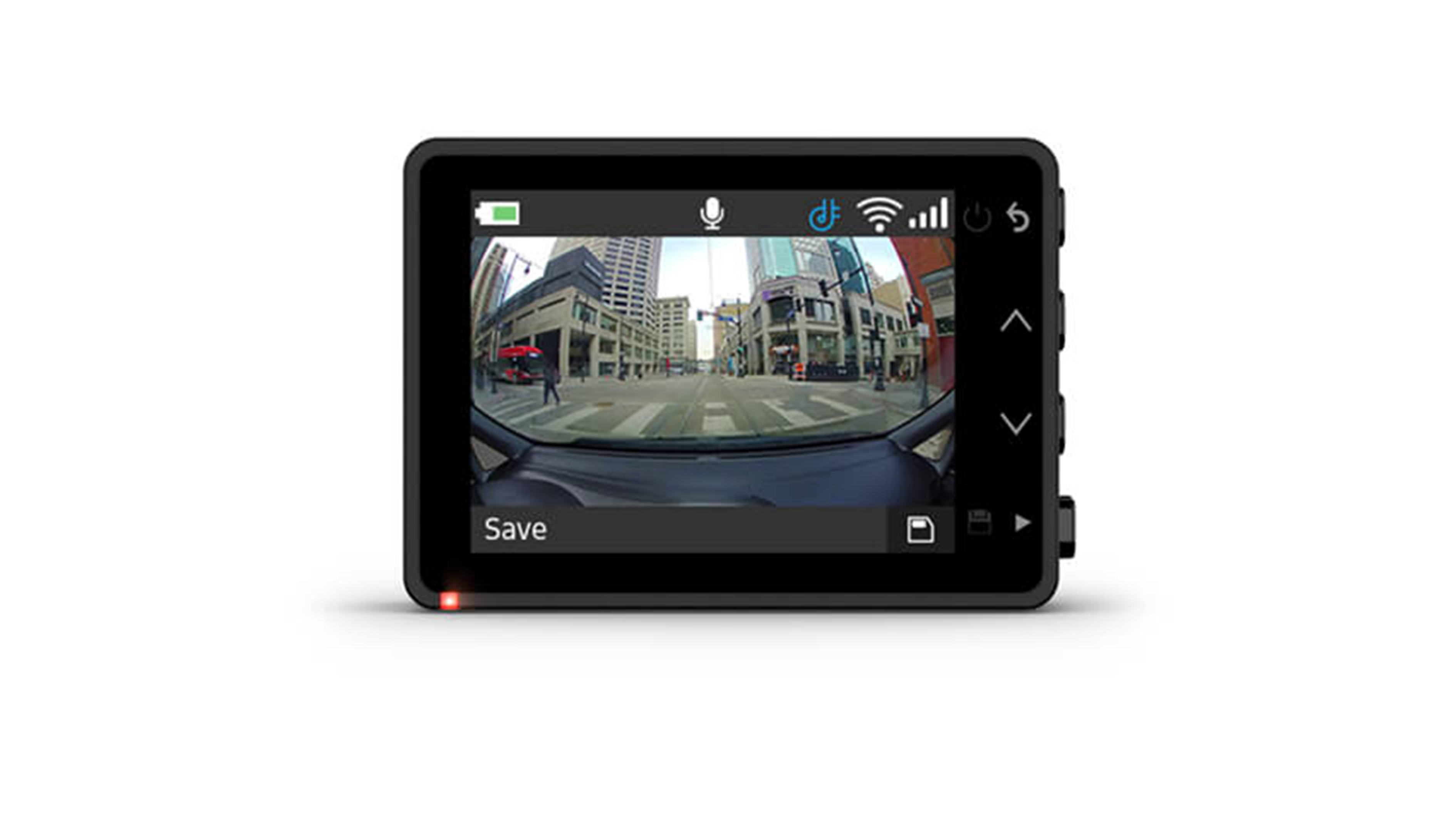
Garmin Dash Cam 67W review: Features
As well as working like any other dash cam, sensing impacts and automatically saving the most recent portion of recorded video, the 67W has various extra features. These include voice control, where the command “Ok, Garmin” can be used to get the dash cam’s attention, then have it save video, turn audio recording on or off, and other simple tasks. The voice control system has always worked well in our testing of various Garmin dash cams, and is available in English, German, French, Spanish, Italian and Swedish.
There’s also a suite of driver assistance systems, including warnings when you drift out of your lane or the camera thinks you might collide with the vehicle ahead. There’s also an alert for if you don’t notice the traffic ahead has set off, plus alerts for nearby speed and red light cameras. These alerts are all audible and visual, showing clear and simple warning messages on the display of the dash cam.
The Dash Cam 67W has a battery but this is only rated for 30 minutes of use. Instead, owners are advised to use the included USB cable, or purchase Garmin’s hardwiring kit for a constant power supply. With this fitted (professional installation might be required), the camera’s Parking Guard mode can be enabled, where the video will be recorded and your smartphone notified when a collision is detected.
Live View can also be enabled in this case, where you can use Garmin’s Drive smartphone app to see a live view of the camera. However, the dash cam needs to be connected to Wi-Fi for this to work, so you’ll need a portable hotspot in your car, or connect it to another nearby network when parked.
As the dash cam has GPS, video recordings include locational data and your vehicle’s speed.
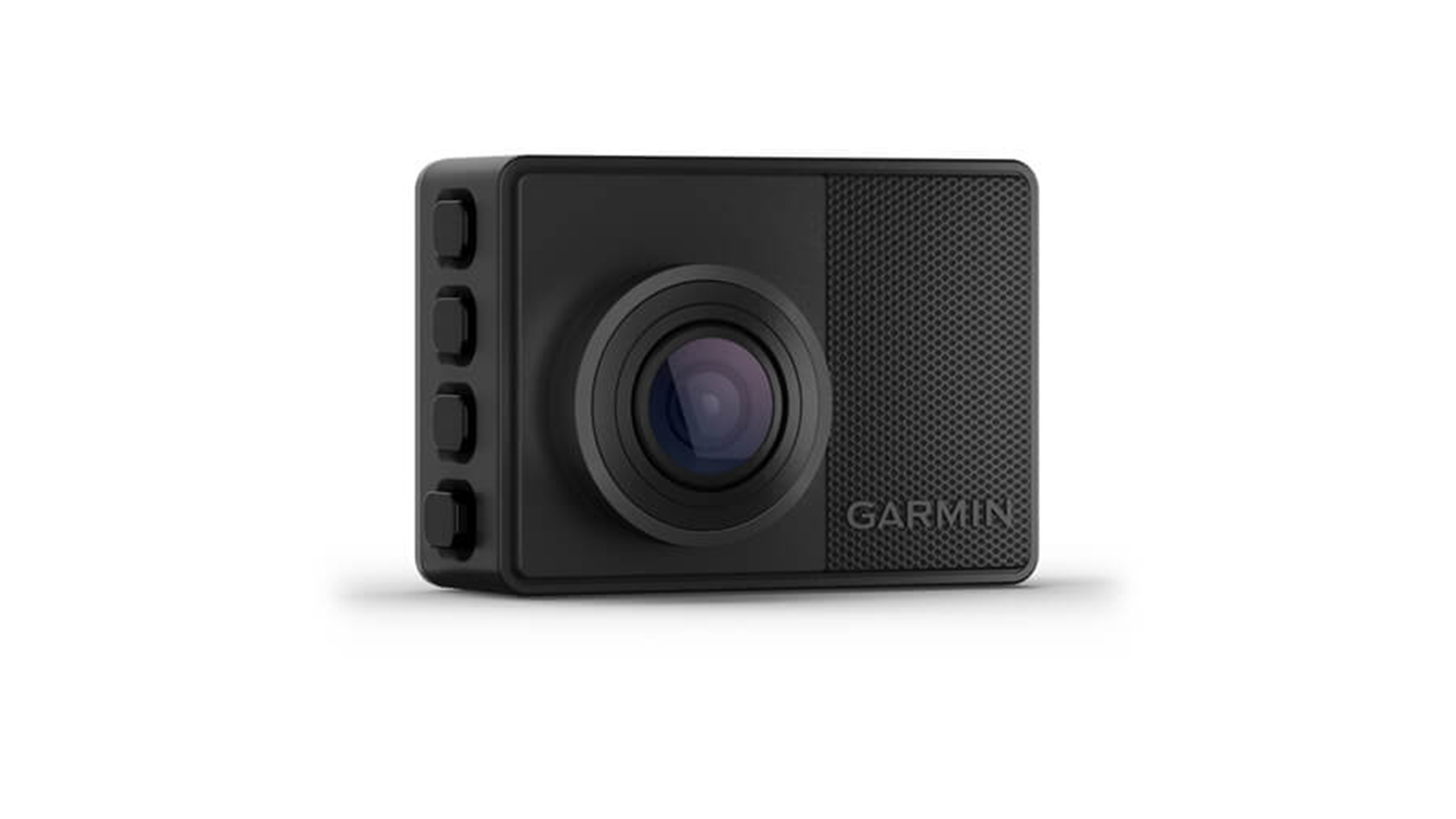
Garmin Dash Cam 67W review: Video quality
We’ve been very impressed with the footage produced by the Dash Cam 67W. The resolution is slightly higher than Full HD, at 1440p, and there’s HDR (which the company calls Garmin Clarity) for retaining detail in the brightest and darkest portions of the video.
We also liked the 180-degree lens. While its wide view causes some slight fisheye-style distortion, this is worth the benefit of being able to see right to both front corners of your vehicle. That way, you’re more likely to capture footage when a car drives into the side of you, or when a pedestrian or cyclist is alongside, or appears from a crossing.
Day and night, the footage captured by the Garmin 67W is very good, with crucial details like road signs and vehicle registration plates visible. Footage can be viewed on the dash cam display itself, transferred to a computer or tablet via the microSD card (not included), or uploaded to Garmin’s Vault Storage system using Wi-Fi and the Drive phone app. From there, they can be shared with others with a link and a passcode. This is particularly useful if you need to share footage as a witness, or provide evidence to your own insurance company.
These video clips are saved online for free for 24 hours. If you’d like to store them for longer, Garmin offers seven days for £4.99 a month or 30 days for £9.99 a month. We can see the appeal here for fleet managers, but for private individuals, we think the free 24-hour plan is adequate. And don’t forget, the footage is saved securely on the microSD card too.
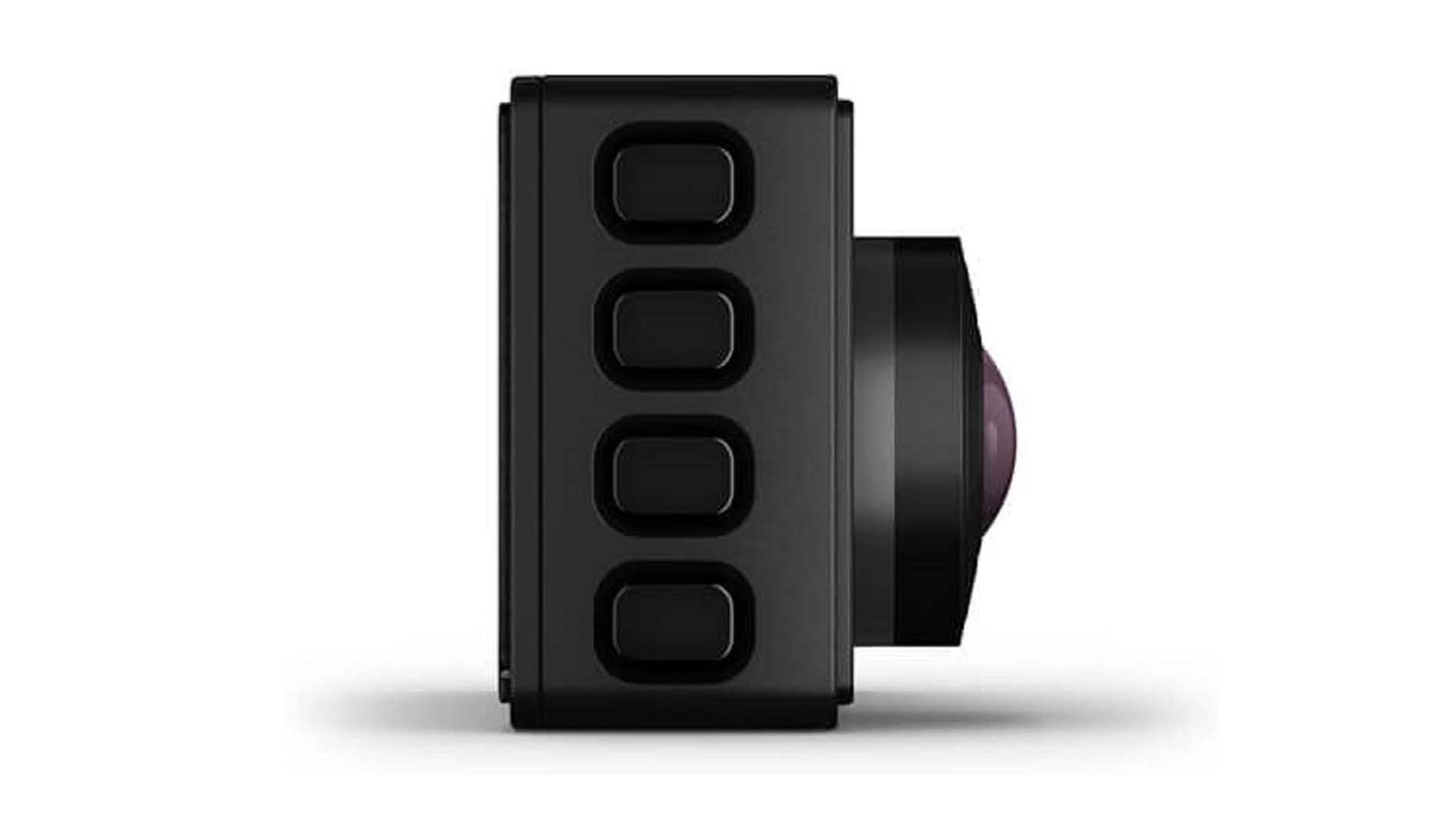
Garmin Dash Cam 67W review: Software
We’ve spoken a lot about the Drive smartphone app, but its use isn’t a requirement. You can simply plug the dash cam into your car, mount it to the windscreen and set it up using the display and control buttons. If you don’t care for the app and Wi-Fi connectivity, then Garmin keeps things nice and simple.
It’s also easy to navigate through the 67W’s menu system to enable or disable the various driver assistance features, and manually saving footage is done with a single press of a button.
As for the Drive app, it isn’t the most attractive interface but it gets the job done. It can be used to view a live feed from the camera (handy for getting its position just right), and access saved recordings. The app can also be used to set up Dash Cam Video Sync, where up to four cameras can be fitted to a car and have their recordings synchronised for a complete view around the vehicle.
Garmin Dash Cam 67W review: Verdict
Not everyone will want to spend £200 on a dash cam. Especially when other options from Garmin itself start at just £90, in the case of the Mini 2. But the 67W still manages to make a compelling argument for itself, thanks to its 1440p resolution, GPS, compact design and 180-degree wide-angle lens.
We’re also big fans of the compact design and effortlessly simple windscreen mount, the app works well, and the new cloud storage system is convenient for those who want to connect their dash cam to Wi-Fi and the cloud.
All that said, it perhaps isn’t worth £50 (25 percent) more than the equally new Dash Cam 57, which only falls behind owing to its narrower 140-degree lens.
If you're looking to save a little money then you can check out our best cheap dash cam deals page, and if you're looking to record all angles then you can read our best front and rear dash cam guide.
Sign up to the T3 newsletter for smarter living straight to your inbox
Get all the latest news, reviews, deals and buying guides on gorgeous tech, home and active products from the T3 experts
Alistair is a freelance automotive and technology journalist. He has bylines on esteemed sites such as the BBC, Forbes, TechRadar, and of best of all, T3, where he covers topics ranging from classic cars and men's lifestyle, to smart home technology, phones, electric cars, autonomy, Swiss watches, and much more besides. He is an experienced journalist, writing news, features, interviews and product reviews. If that didn't make him busy enough, he is also the co-host of the AutoChat podcast.
-
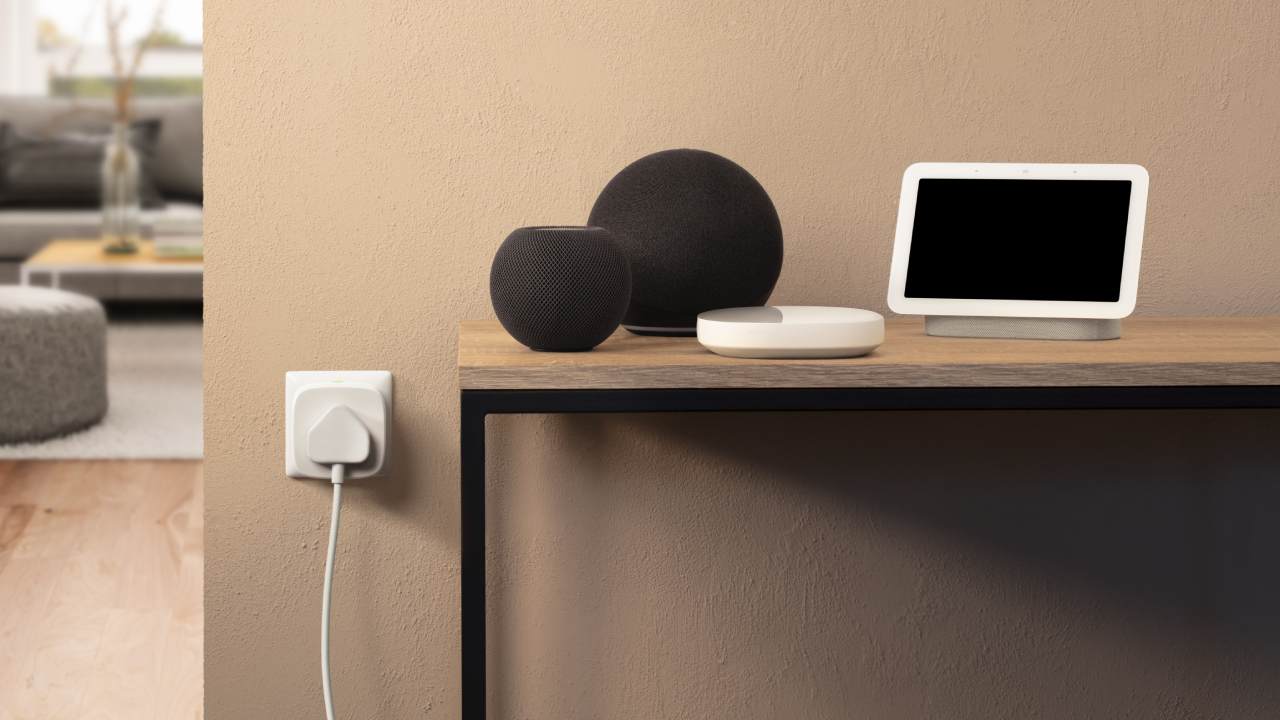 Eve’s smart plug gets impressive Matter upgrades – but I’m most excited about the app
Eve’s smart plug gets impressive Matter upgrades – but I’m most excited about the appEve Energy adds Matter support and an updated Android app
By Bethan Girdler-Maslen Published
-
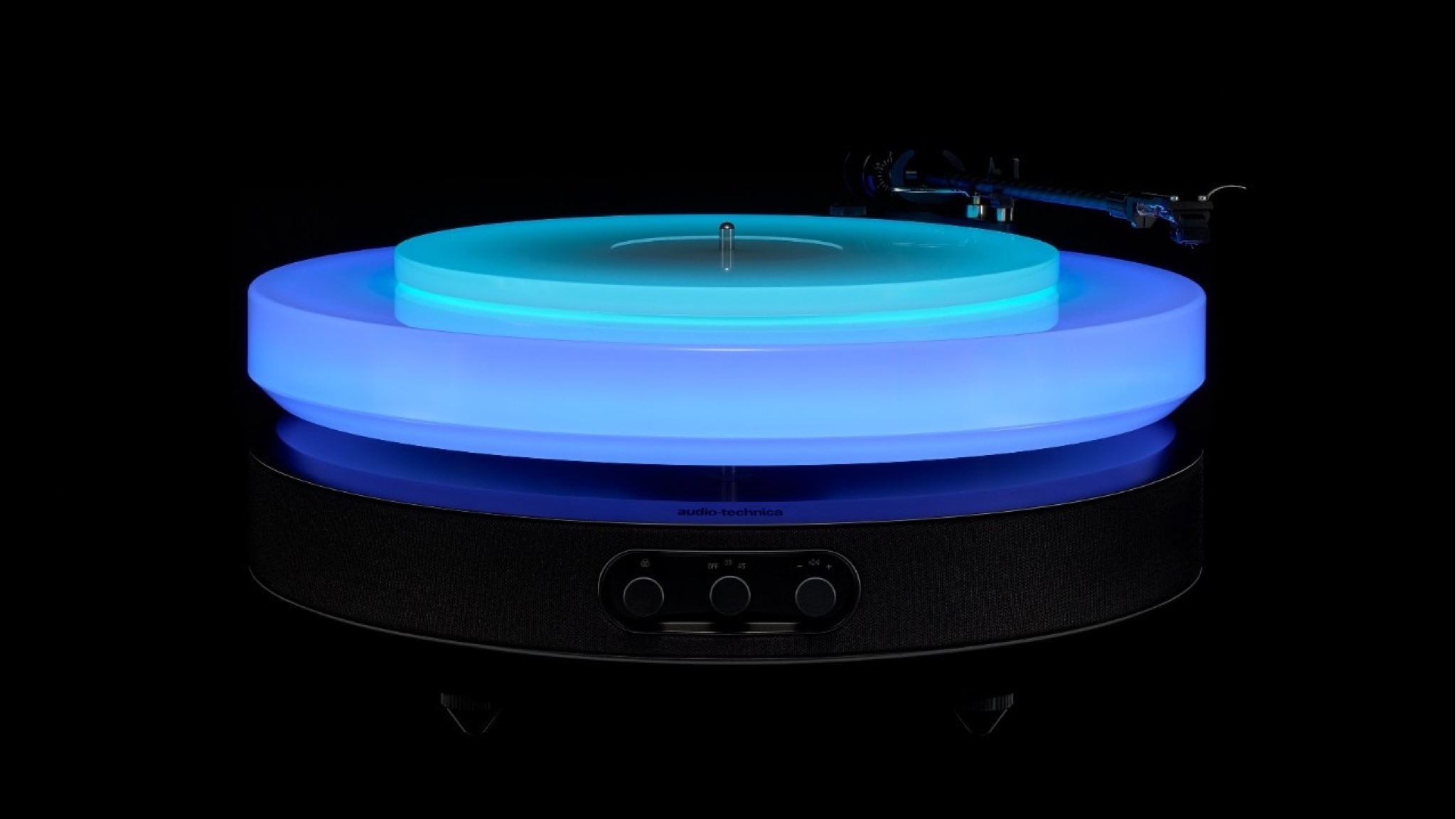 Audio-Technica’s latest luxury turntable will light up your life, and your records
Audio-Technica’s latest luxury turntable will light up your life, and your recordsThis strictly limited turntable is a feast for the eyes as well as the ears
By Carrie Marshall Published
-
 Girard-Perregaux Laureato 38 mm gets a blue diamond upgrade
Girard-Perregaux Laureato 38 mm gets a blue diamond upgradeWe’re totally besotted by these diamond-bezelled beauties from Girard-Perregaux
By Alistair Charlton Published